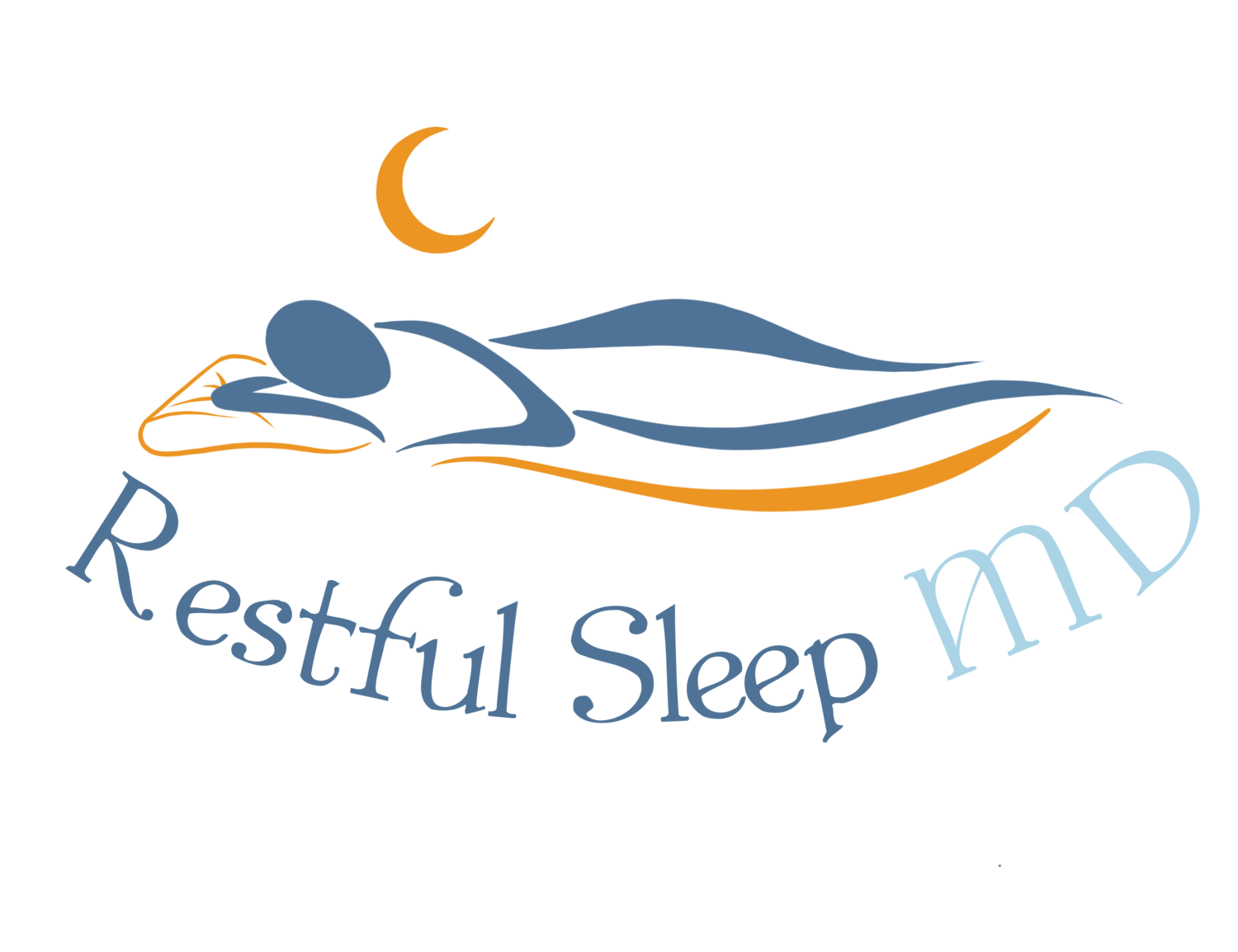Diagnosed with Sleep Apnea? Here Are 6 Proven Treatments That Actually Work
Being diagnosed with sleep apnea can feel overwhelming. It might raise questions, anxieties, and the common assumption that your only option is to wear a CPAP machine for the rest of your life. But here's the good news: CPAP is just one of several effective treatments.
What is Obstructive Sleep Apnea (OSA)?
Obstructive sleep apnea (OSA) is a condition where your breathing repeatedly stops and starts during sleep due to a physical blockage of the upper airway. This usually happens when the muscles at the back of your throat relax too much during sleep, causing temporary lapses in breathing.
You may experience symptoms like:
Loud or soft snoring
Gasping or choking during sleep
Waking up with a dry mouth or headache
Feeling fatigued despite a full night’s sleep
Mood changes, memory issues, and poor concentration
While it may seem minor, untreated sleep apnea can lead to serious health complications like high blood pressure, heart disease, diabetes, stroke, and even Alzheimer’s disease. For women, especially during menopause, unrefreshing sleep could be a warning sign of sleep apnea.
The diagnosis itself can feel heavy—but it also opens the door to life-changing solutions.
Here Are 6 Ways to Treat Sleep Apnea
1. CPAP (Continuous Positive Airway Pressure)
This is the most well-known treatment and remains the gold standard for moderate to severe sleep apnea. A CPAP machine delivers a steady stream of air through a hose connected to a mask, which keeps your airway open while you sleep.
Yes, wearing a mask to bed can be uncomfortable at first. But when used properly, CPAP can be life-changing. Many of my patients report massive improvements in energy, mood, blood pressure, and overall health. They go from dragging through the day to thriving.
Tips for CPAP Success:
Choose a mask style that fits comfortably
Work on desensitization techniques
Use breathing exercises to adapt
Travel with your CPAP—it doesn’t count as carry-on luggage
If you’re struggling with tolerance, that’s okay. At The Restful Sleep Place, we work closely with you to tailor pressure settings and provide personalized support so you feel empowered to use the device successfully.
2. Oral Appliance Therapy
Not a fan of CPAP? Oral appliances can be an effective alternative, especially for those with mild to moderate sleep apnea.
These aren’t your average mouthguards. They are custom-fitted, dentist-prescribed devices that reposition your lower jaw and tongue to keep the airway open.
Benefits:
Easier to travel with
Less intrusive
Quiet and comfortable
We refer you to trained dental professionals who create these appliances using detailed molds of your airway and dentition. This solution is great for patients who want something less bulky and more discreet.
3. Weight Management & Lifestyle Changes
Carrying excess weight—especially around the neck—can significantly contribute to airway obstruction. Losing even a small amount of weight may reduce sleep apnea severity or even eliminate it in some cases.
Lifestyle modifications that support sleep apnea treatment include:
Regular physical activity
Balanced nutrition
Use of weight loss medications such as GLP-1 agonists
At our practice, we support these changes with realistic strategies and holistic coaching so you feel supported every step of the way.
4. Positional Therapy
Sometimes, sleep apnea worsens when you sleep on your back because gravity allows the tongue and soft tissues to fall backward, obstructing the airway.
Positional therapy helps train you to sleep on your side using:
Specialized pillows
Wearable devices
Behavioral techniques such as training yourself to only sleep on your side
This option is simple but effective—especially for those with positional obstructive sleep apnea.
5. Surgical Options
Surgery may be recommended when other treatments are ineffective or when anatomical issues are present (like enlarged tonsils, a deviated septum, or jaw abnormalities).
Common procedures include:
Removal of tonsils and adenoids: very commonly done in kids but can also be done in adults
Uvulopalatopharyngoplasty (UPPP)
Inspire therapy (an implantable nerve stimulator)
Nasal surgery to improve airflow
Jaw surgery to move the jaw forward
These procedures are usually reserved for more severe cases or when conservative treatments fail. As always, we collaborate with ENT specialists and other surgeons to explore these options safely.
Beyond treatment, tracking your response and progess is critical.
The field of sleep medicine is evolving. We now have tools to monitor your sleep from home and digital platforms to track your progress in real time.
At The Restful Sleep Place, we design customized sleep plans that fit your unique needs, lifestyle, and challenges. This includes:
At-home sleep testing
Behavioral sleep coaching
Desensitization and cognitive behavioral therapy for CPAP use
Ongoing care with a holistic lens
We don’t believe in one-size-fits-all solutions—we believe in what works for you.
Final Thoughts: You Have Options and You Deserve the Best Care
Getting diagnosed with sleep apnea is not a dead-end—it’s a beginning.
You’re no longer in the dark about why you’ve been so tired, foggy, or irritable. Now, you have answers. And better yet, you have solutions.
Whether it’s CPAP, oral devices, or lifestyle support, the key is finding the treatment that fits you. Don’t suffer in silence or settle for exhaustion. Reach out, ask questions, and get the support you need.
We’re here to walk with you every step of the way.
📍 COME VISIT US!
200 Lakeside Drive, Suite 226 Horsham, PA 19044
🌐 BOOK YOUR APPOINTMENT ONLINE!
https://www.therestfulsleepplace.com
📞 CALL US AT: (215) 607-8297

